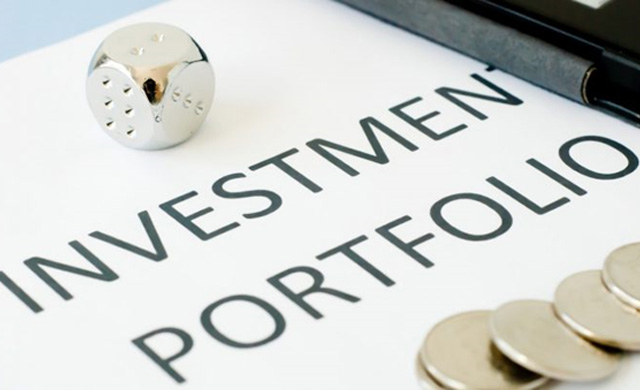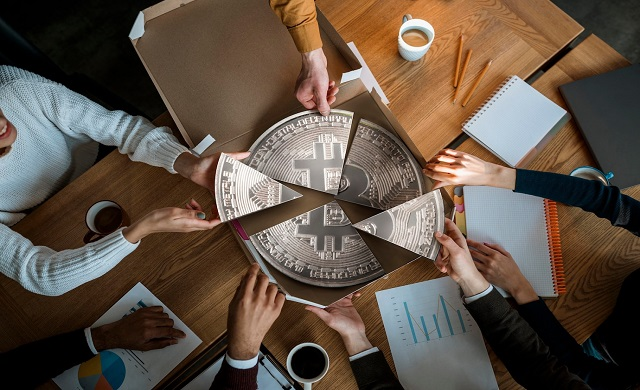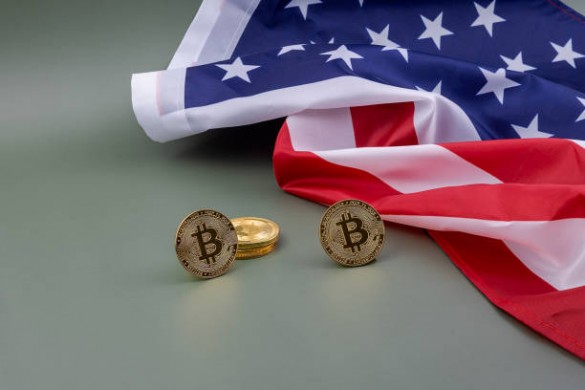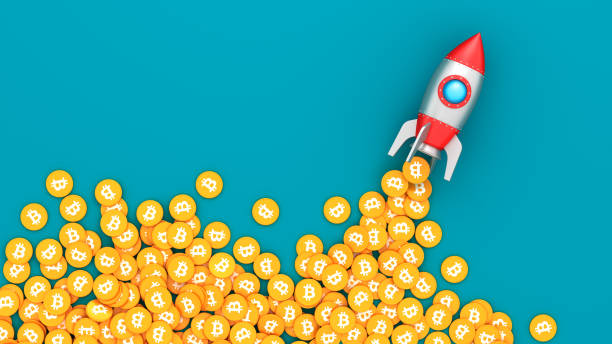In the US, inflation data fell in line with expectations, along with a drop in consumer confidence and a slowdown in manufacturing activity. This increased speculation of a rate cut by the Fed in June.

Towards the end of the week, the stock market experienced another uptick in optimism, although nothing compared to the frenzy in the digital asset market.
Over the past week, Bitcoin soared nearly 20%, surpassing the $65,000 barrier today. When asked about the increased interest, the main driver of this growth appears to be increased demand from BTC ETF traders.
In traditional markets, there is a suggestion that investors are starting to buy into a “second stage” of the rally, driven by optimism about the potential impact of artificial intelligence on the economy and markets.
Another factor that may have boosted markets last week was a temporary funding agreement extending the government shutdown deadlines among U.S. lawmakers.
Funding for several institutions will be extended through March 8, 2024, under four of the 12 annual appropriations projects, while other agencies will receive funding through March 22.
Thus, the saga is far from over.
In general, it could be said that the market is currently not so much influenced by macroeconomic factors, such as the improvement in the real sectors, but rather by the FOMO effect, which also has its limits.
Moreover, it is crucial to note that the market has never experienced such rapid growth in the midst of monetary contraction and stagnation in the real economy.
Does this mean that a correction is coming?
Eventually, yes, but predicting exactly when is no easy task. Apparently, the markets don’t seem to care much about the commercial real estate market downturn negatively affecting regional banks’ balance sheets.
It is obvious to advise caution, but it is best not to lose sight of the strength of “strong hands”, support and resistance levels, and overall trading volumes.

 Hot Features
Hot Features












